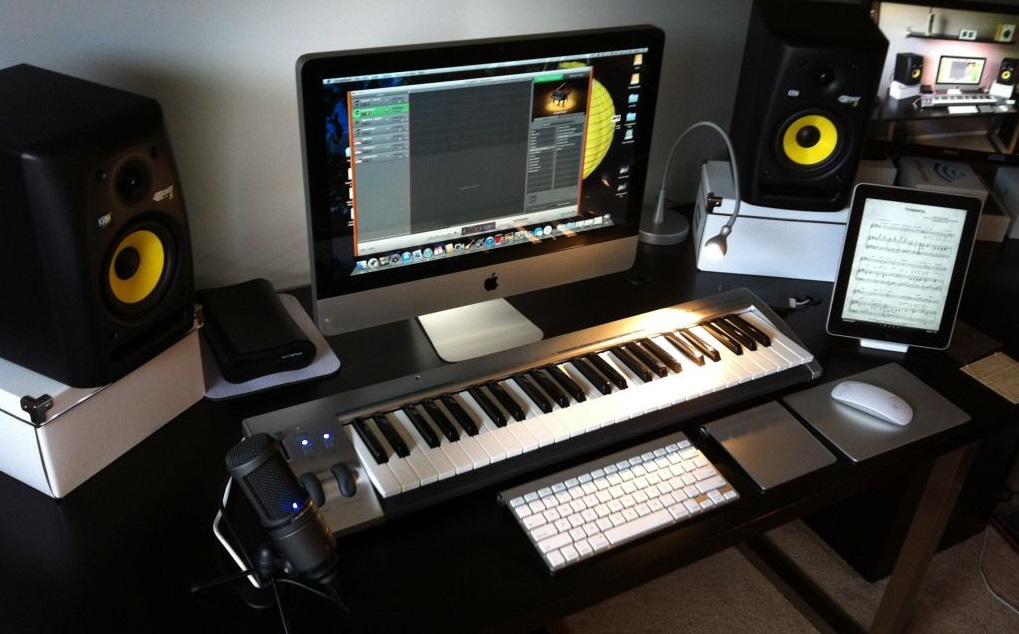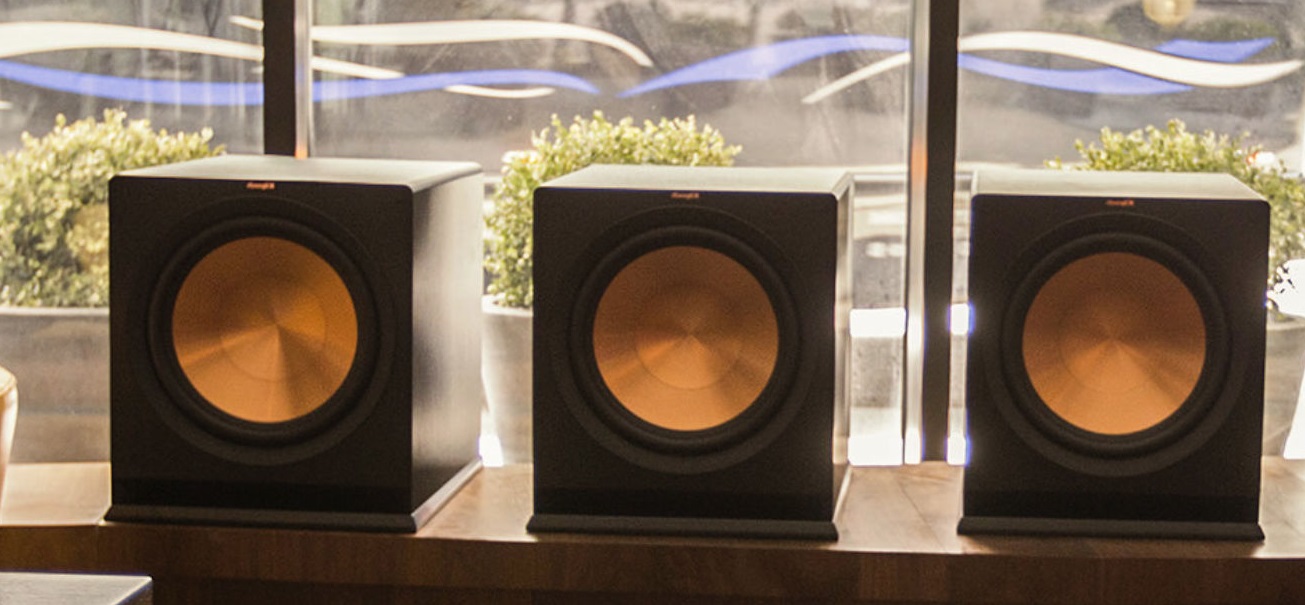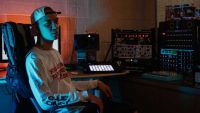Everybody takes a different view of what makes best studio monitors based on choice and application. In other words, it may not be ideal for that which one person recommends.
And simply asking friends and fellow musicians will not necessarily lead you and your particular application to the best choice for yourself.
However, quality is what you require for, and finding studio monitors need subs you can trust to work well raises above all criteria.
The trick is to find control devices that allow you to listen to mixers that listen to music at high volumes or unrealistic frequencies, with too much or not enough treble for long periods of time. 
The speakers need to be robust, and the circuitry should also be able to stream any musical requirements without peaks, pops and blinks.
You cannot just take your old stereo replacement speakers and expect them to offer the same punch as a near-field display. If trying to determine which studio monitors are the best for your purposes, consider getting what you are paying for.
Would you work in a professional environment? If that is the case, you can guarantee the purchase of professional studio monitors with a higher price tag.
If you’re more an amateur recording for fun, keeping your budget on a less expensive model works great for you. Part of your investment in adding a subwoofer to studio monitors needs to include music preparation in a different way. 
Modern consumers produce sound in such a way that it produces high levels of friendliness and a greater bass punch.
These are not like lab controls for the mixing electronics. No matter what level you play, good quality monitoring should provide you with a clear input so that mixing components can be heard at various levels of loudness.
There are two different display groups. You can be passive or aggressive. There must be a separate power amplifier for passive monitors because active monitors have an amplifier in their case.
Active monitors are the most common and highly recommended of both forms of recording studio monitors. It’s both annoying and costly to spend the time and money to get subwoofer for studio monitors.
The next thing to look for is driver size in a display. You will target monitors with a broad range of frequencies. The least expensive recording studio monitors are typically those with a driver scale of about 5 cm.
Such monitors do not usually produce a considerable amount of bass sound, but are appropriate for small recording tasks. With superior frequencies and bass sounds, most experts suggest a 8-inch display.


